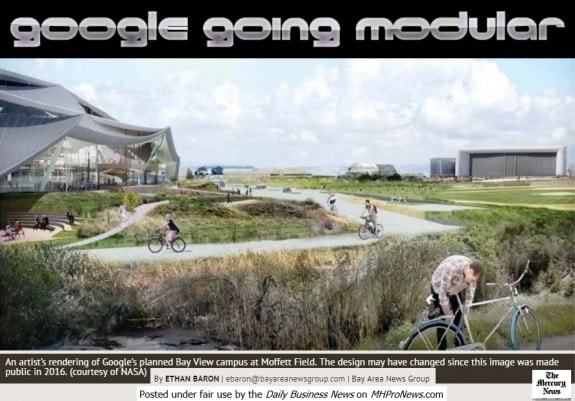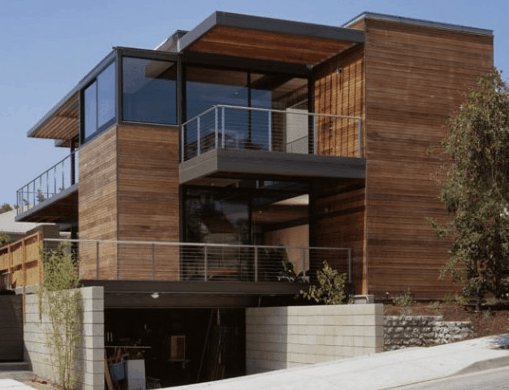
Depending on where you live, the definition of what is “affordable housing” might change.
For example, in San Francisco, the cost of living is higher than in most of the United States. That leaves not just very-low and low-income families in need of affordable housing, but moderate to middle income singles or households as well.
The City of San Francisco decided to address the issue by adjusting a previously voter-approved amendment, Proposition C, which increased the requirements for affordable housing.
Proposition C required builders to include at least 25 or more units to be considered ‘affordable housing.’
With the new changes in place, they will now be required to include 25 percent of new developments to be considered affordable 2- and 3-bedroom units. 10 percent of those projects are also required to be 3 bedrooms, per Hoodline.
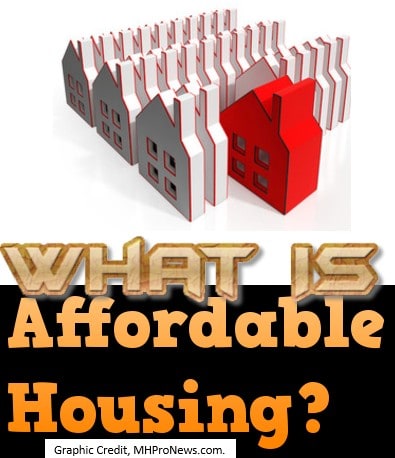
The revised plan also increases the amount of income that allowed for affordable housing assistance – permitting families of 2 making up making as much as $138,000 a year to qualify.
What that means is that instead of allowing families making up to 55 percent of the median income to qualify, the changes will allow households to make up to 150 percent of the median income – and still be eligible.
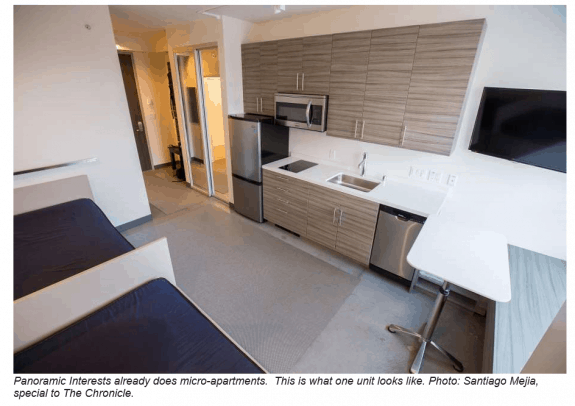
The Problems Not Addressed by the Proposed “Cures?”

While local officials are celebrating, do their solutions get to the heart of the problems that cause housing to be unaffordable in places like the famous “City by the Bay?” Does tinkering with the formula for housing subsidies really qualify as the “solution?” Isn’t that like tinkering with the minimum wage?
According to SF Gate, the changes have not yet been finalized, since revisions to the amendment were added as recently as last Tuesday. Those reportedly would be the first variations to the city’s affordable housing policy made by city officials since 2002.
Construction Technology vs. Tinkering with Subsidies
As Daily Business News readers know, this trade-media platform recently reported Google’s announced plan to bring modular housing to the area for temporary employee residence, and Facebook is entering the affordable housing market – and could go prefab or modular – as well.
While those company proposals may not be the complete solution, they at least attempt to move closer to one by addressing the housing costs vs. income equation.
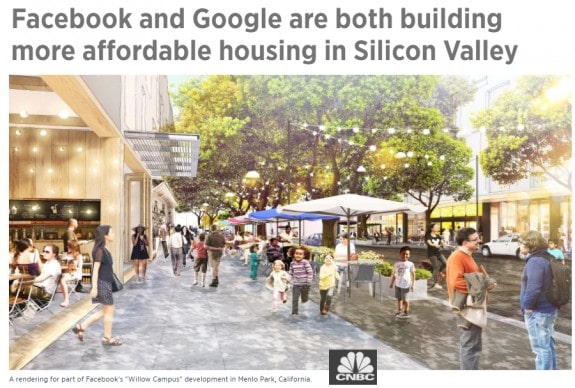
How and when will prefabricated housing and manufactured homes – where possible – become the trend of the Bay Area? When will land-use issues be addressed that drive housing costs up? ##
(Note: Oakland, CA has had scattered lot manufactured home placement successes, see that story linked here.)
(Image credits are as shown above, and when provided by third parties, are shared under fair use guidelines.)


